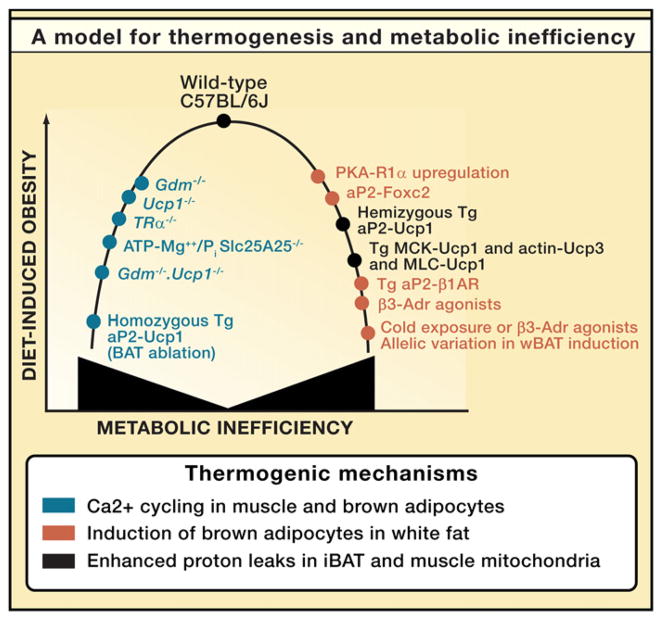Figure 1. Model Describing the Relationship between Genetic Models of Metabolic Inefficiency and Sensitivity to DIO in Male C57BL/6J.
On the one hand, metabolic inefficiency can be increased by inactivating major thermogenic pathways, thereby forcing the animal to utilize alternative thermogenic pathways that cost more energetically to maintain body temperature, thus reducing the level of diet-induced obesity (DIO) (left-hand arm of the hyperbola). On the other hand, overexpression and/or ectopic expression of Ucp1 or induction of brown adipocytes in white fat depots enhances the thermogenic capacity, much of which, by being unregulated, increases metabolic inefficiency and reduces DIO (right-hand arm of hyperbola). This is a modification of a model originally published in the Journal of Biological Chemistry (Anunciado-Koza et al., 2008). References documenting the obesity and thermogenic phenotypes are also found in this reference (Anunciado-Koza et al., 2008).

